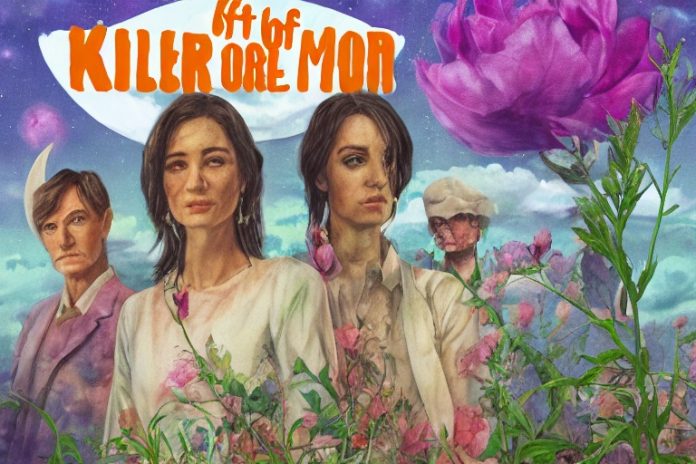Killers of the Flower Moon, directed by Martin Scorsese, is a cinematic adaptation of the non-fiction book by David Grann. The movie delves into the mysterious murders of the Osage people in the 1920s, linked to oil deposits on their land. This film represents a new genre exploration for Scorsese, combining historical drama with a deep, investigative narrative and stands as a testament to his directorial versatility and commitment to storytelling. David Grann’s book is a meticulous investigation into the Osage murders, unveiling a chilling conspiracy and a forgotten piece of American history.
Synopsis of the Movie
Set in the 1920s, Killers of the Flower Moon uncovers the series of brutal murders of the Osage people in Oklahoma, as they become the wealthiest group per capita due to oil under their land. The backdrop is the vast, oil-rich Osage County during the early 20th century, a time of booming oil exploration and deep-seated racial injustice. Key characters include Leonardo DiCaprio as Ernest Burkhart, a complex character entangled in the murderous plot, Robert De Niro as William Hale, the mastermind behind the sinister scheme, and Lily Gladstone as Mollie Burkhart, an Osage woman whose family becomes a target.
Critical Reception
The film has been praised for its direction, acting, and cinematic beauty. Some critics have pointed out the pacing and narrative complexity as areas of contention. Details of any awards or nominations the film has received or is anticipated to receive will be discussed, along with information on the film’s commercial success, including box office numbers and budget.
Deep Dive into the Movie’s Themes
Killers of the Flower Moon addresses themes of greed, betrayal, and the American Dream gone awry. It also deeply reflects on the genocide and exploitation of Native Americans. Through its narrative, character development, and visual storytelling, the film paints a vivid picture of the historical and emotional landscape. The article will discuss how closely the film follows Grann’s book and the historical events it depicts.
Cinematography and Direction
Insights into Scorsese’s unique directorial choices for this film, including narrative structure and character focus, will be analyzed. The film’s cinematography by Rodrigo Prieto, its evocative score, and the overall production design contribute to the immersive experience. A look at how DiCaprio, De Niro, and Gladstone, among others, bring depth and nuance to their roles will be provided.

